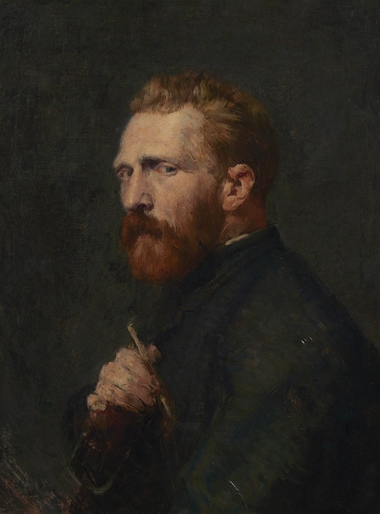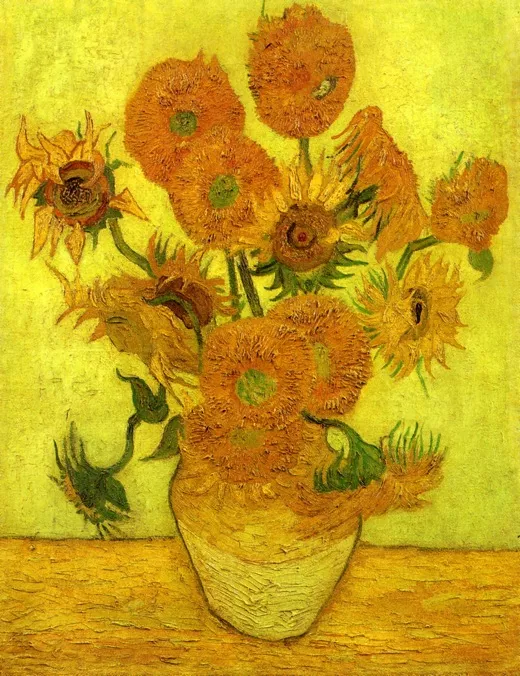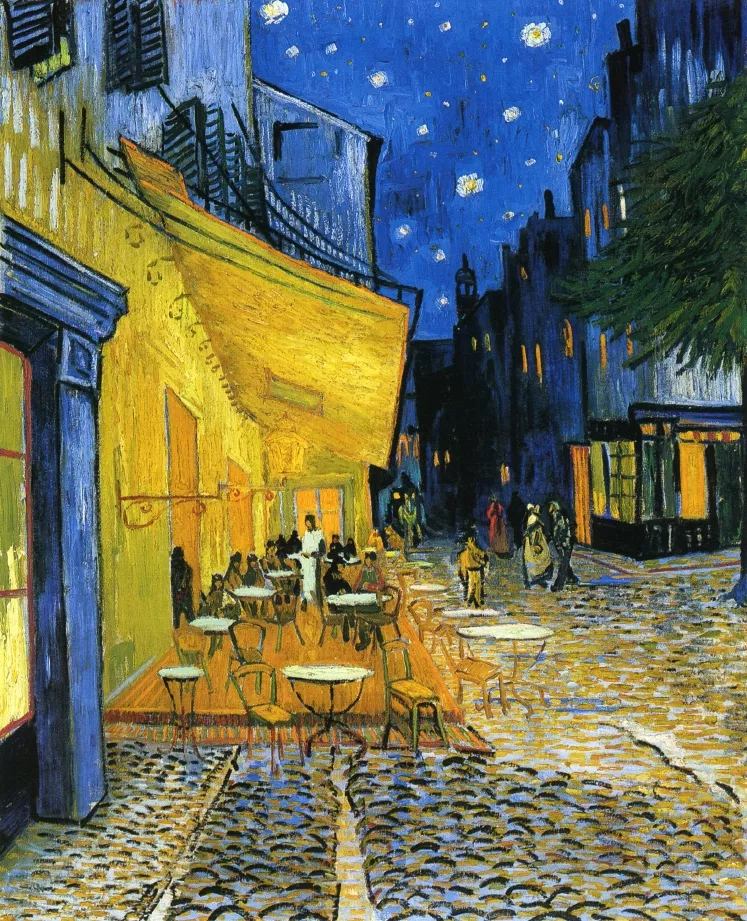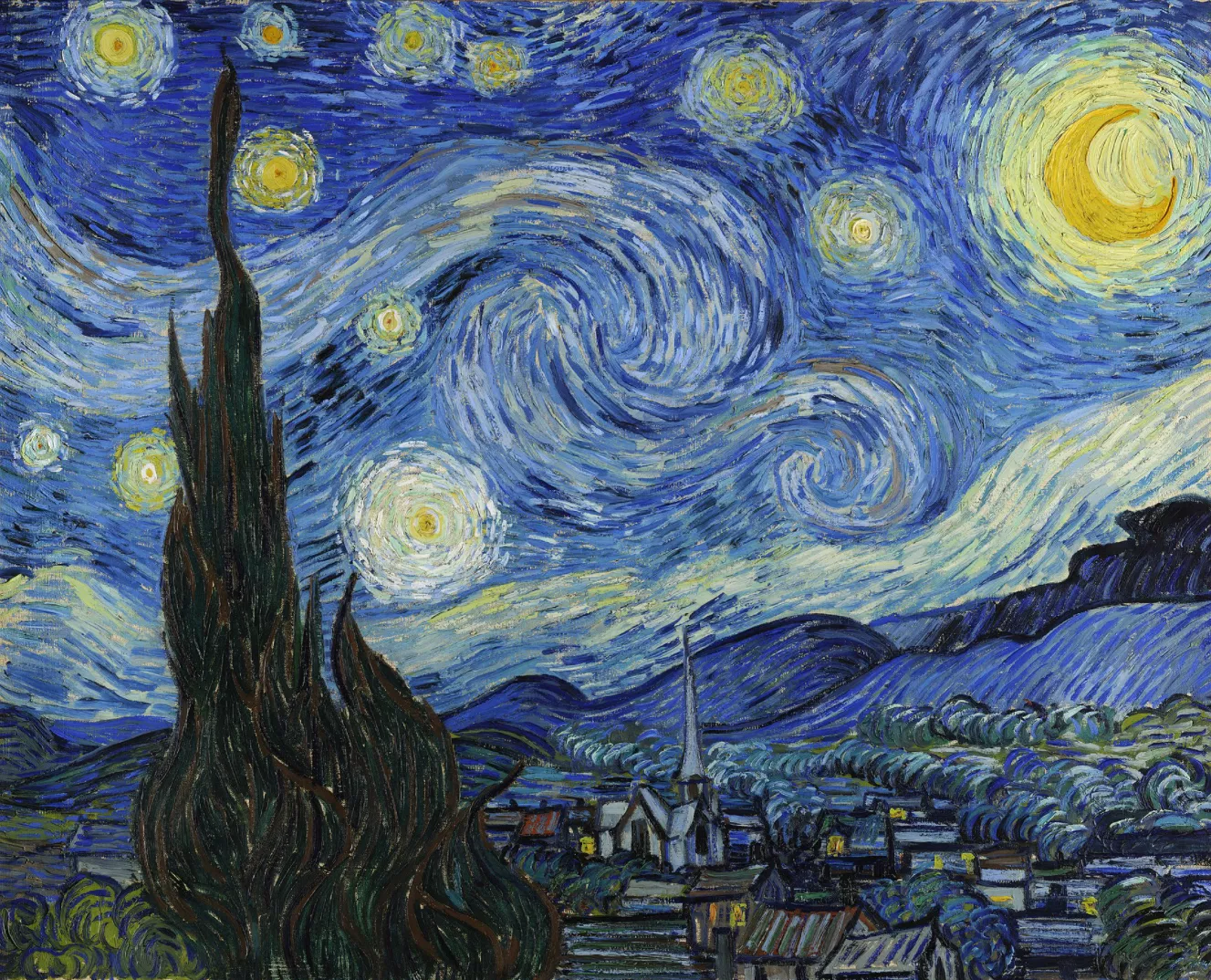Vincent van Gogh Biography

Vincent van Gogh stands as an enduring figure in the annals of art history, leaving an indelible mark with his distinctive style and profound contributions to Post-Impressionism. His tumultuous life and artistic genius have woven a narrative that transcends the canvas, capturing the imagination of art enthusiasts worldwide. In this exploration, we delve into the complex tapestry of van Gogh's existence, unraveling the threads of his remarkable journey, and examining the lasting legacy he has bequeathed to the world of art. Van Gogh's brilliance lies not only in the strokes of his paintbrush but also in the emotional depth and intensity he brought to his works, forging a path that continues to resonate with audiences, beckoning them into the vibrant and enigmatic world of this artistic luminary.
Early Life (1853-1880)
Vincent van Gogh's journey began on March 30, 1853, in the picturesque town of Zundert, Netherlands. Born into a family of religious fervor, his early years were shaped by the pastoral surroundings of rural life. His father, Theodorus van Gogh, a Protestant minister, and his mother, Anna Cornelia Carbentus, instilled a deep sense of purpose and spirituality in their eldest son.
In the pursuit of knowledge and artistic expression, van Gogh's early education took him to various places. He embarked on a career in art, working in the art trade at galleries in The Hague and later in London. These formative years exposed him to a myriad of artistic styles and fueled his passion for the visual arts.
Van Gogh's artistic journey faced its share of early struggles. Despite his burgeoning talent, financial stability eluded him, leading to a series of challenging circumstances. These early tribulations, however, laid the foundation for the resilience and tenacity that would characterize his later artistic endeavors. In the crucible of his early life, Vincent van Gogh forged both his artistic identity and an unyielding spirit that would propel him through the tempestuous seas of his future endeavors.
Formative Years and Influences (1880-1886)
The pivotal years from 1880 to 1886 marked a transformative phase in Vincent van Gogh's artistic journey.
Move to Belgium and Immersion in the Brussels Art Scene
In pursuit of artistic growth, van Gogh ventured to Belgium in 1880. Belgium's vibrant cultural milieu, particularly the burgeoning art scene in Brussels, provided fertile ground for his creative exploration. Here, he immersed himself in the works of contemporary artists, absorbing diverse influences that would shape his evolving style.
Interaction with Fellow Artists
Van Gogh's time in Belgium brought him into contact with influential contemporaries, among them Paul Gauguin and Henri de Toulouse-Lautrec. These interactions became pivotal, fostering artistic camaraderie and exposing van Gogh to new perspectives. The exchange of ideas with these fellow luminaries laid the groundwork for collaborative endeavors and left an indelible mark on the trajectory of van Gogh's art.
Experimentation with Art Movements
Driven by an insatiable curiosity, van Gogh embarked on a journey of artistic experimentation. During this period, he delved into various art movements, including Realism and Impressionism. His brushstrokes became bolder, and his color palette more expressive, reflecting a departure from traditional artistic conventions. This experimental phase sowed the seeds for the distinctive style that would later define van Gogh's oeuvre.
These formative years became a crucible of artistic exploration, paving the way for Vincent van Gogh's ascent as a visionary force in the realm of Post-Impressionism.
The Sunflower Period (1886-1888)
Vincent van Gogh's sojourn in Paris from 1886 to 1888 marked a period of intense creativity, profound connections, and inner turbulence.

Relocation to Paris and Connection with the Impressionist Movement
In pursuit of artistic camaraderie and inspiration, van Gogh made the pivotal decision to relocate to Paris. The city's vibrant artistic milieu provided him with exposure to the cutting-edge developments in the Impressionist movement. Surrounded by the works of luminaries like Monet and Pissarro, van Gogh found himself amidst a whirlwind of innovation that would significantly influence his evolving style.
Creation of Iconic Works
The Sunflower Period bore witness to the creation of some of van Gogh's most iconic masterpieces. "Sunflowers," a series of vibrant still lifes, emerged during this time, showcasing his mastery of color and form. Additionally, "Starry Night over the Rhône" exemplified his ability to capture the ethereal beauty of the night sky, foreshadowing the brilliance that would characterize his later works.
Struggles with Mental Health and Self-Portraits
However, this period wasn't without its challenges. Van Gogh grappled with the ebbs and flows of mental health, plunging into moments of profound despair. It was during these struggles that he embarked on a series of self-portraits, using his art as a means of introspection and self-expression. These poignant self-portraits not only mirrored his internal battles but also became an integral part of his artistic legacy.
The Sunflower Period encapsulated a whirlwind of artistic fervor and personal turmoil, setting the stage for the unparalleled brilliance and emotional intensity that would characterize Vincent van Gogh's later years.

